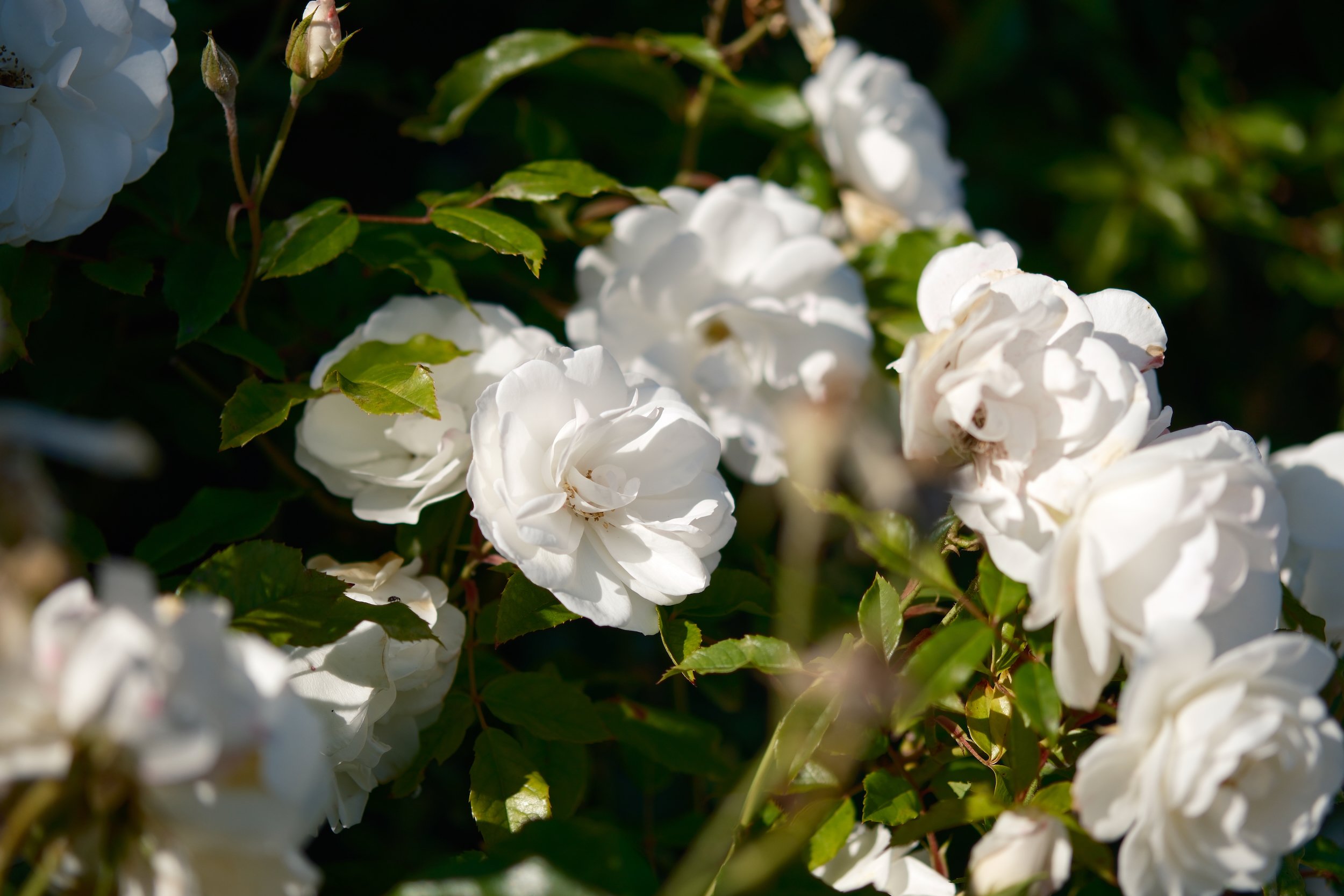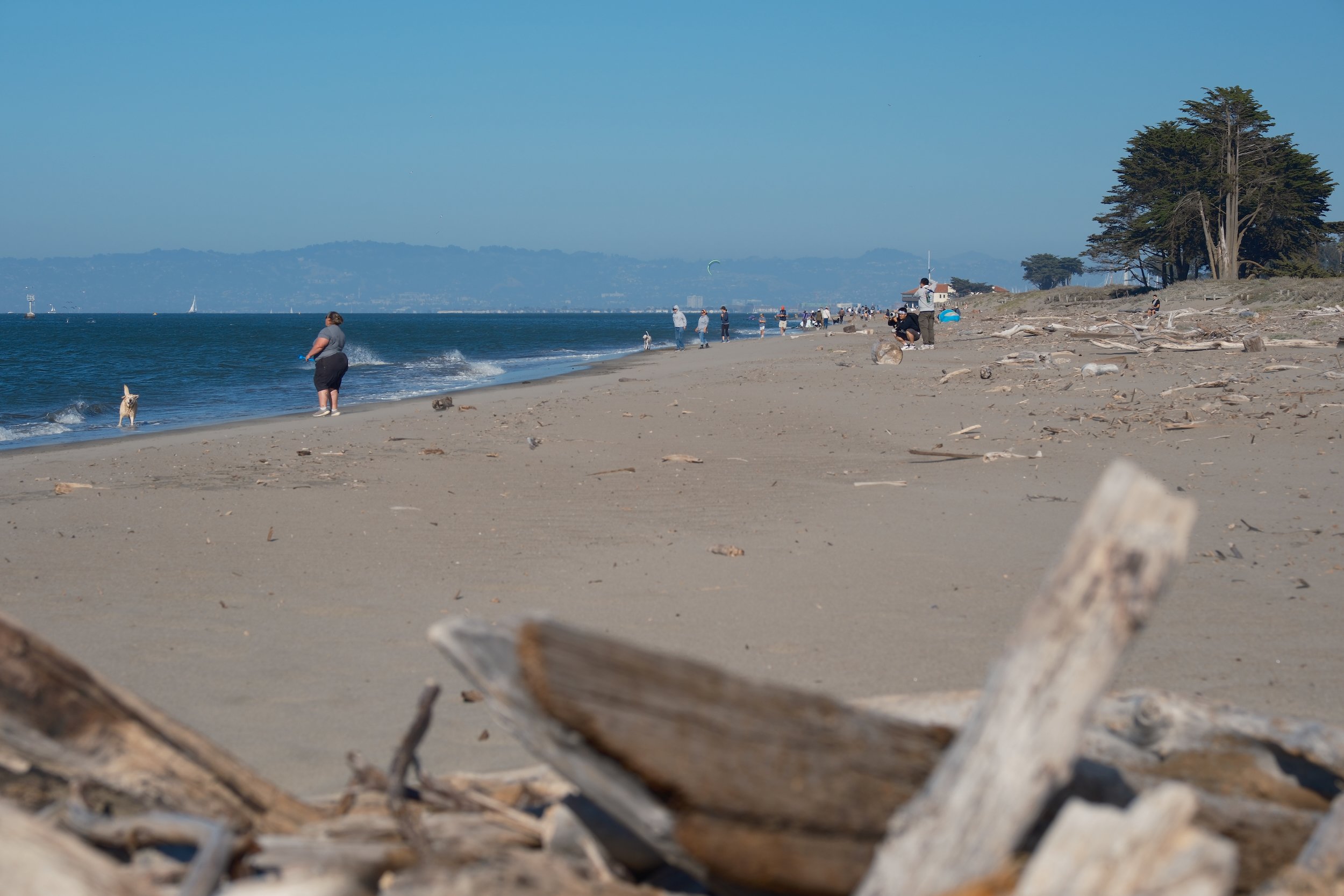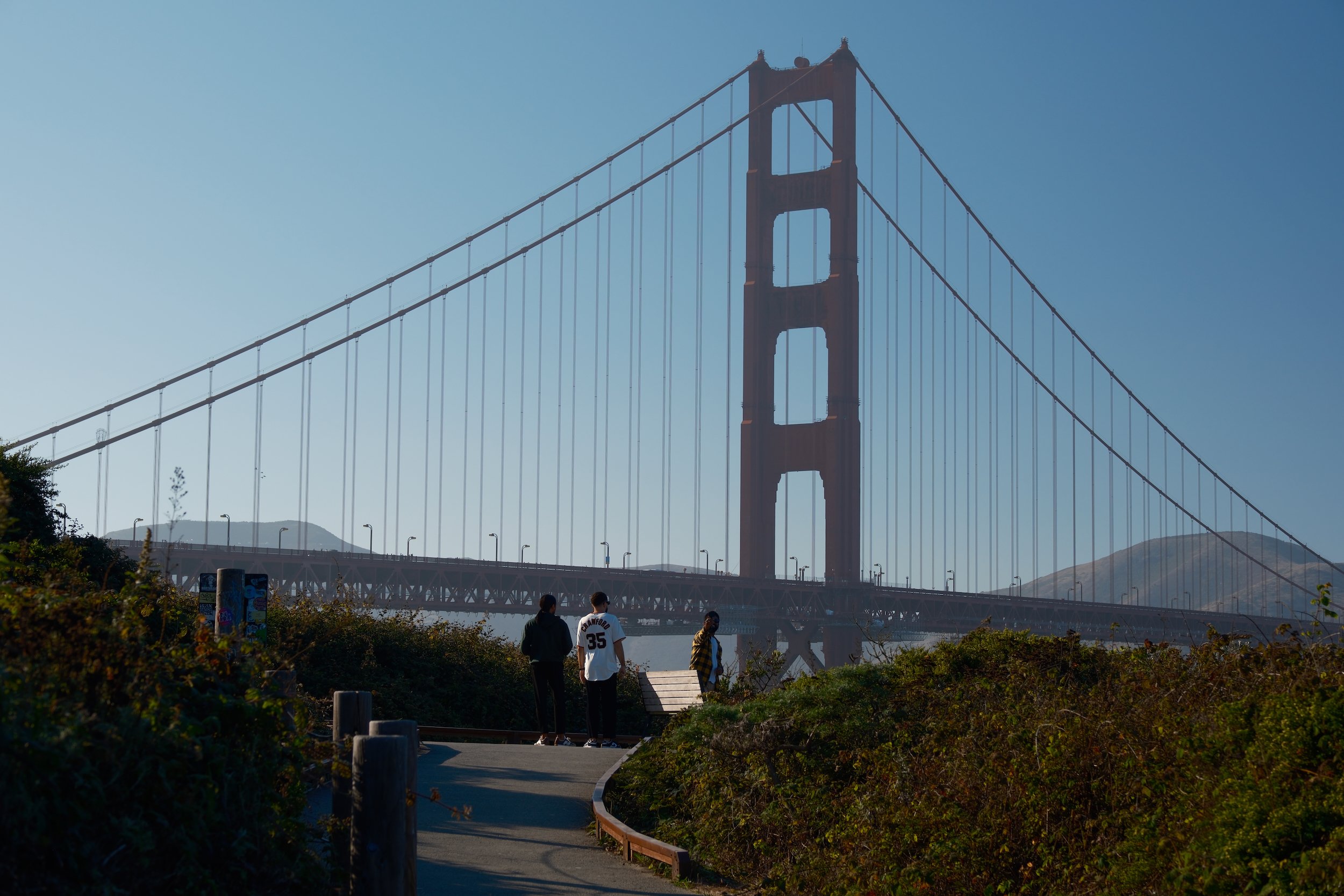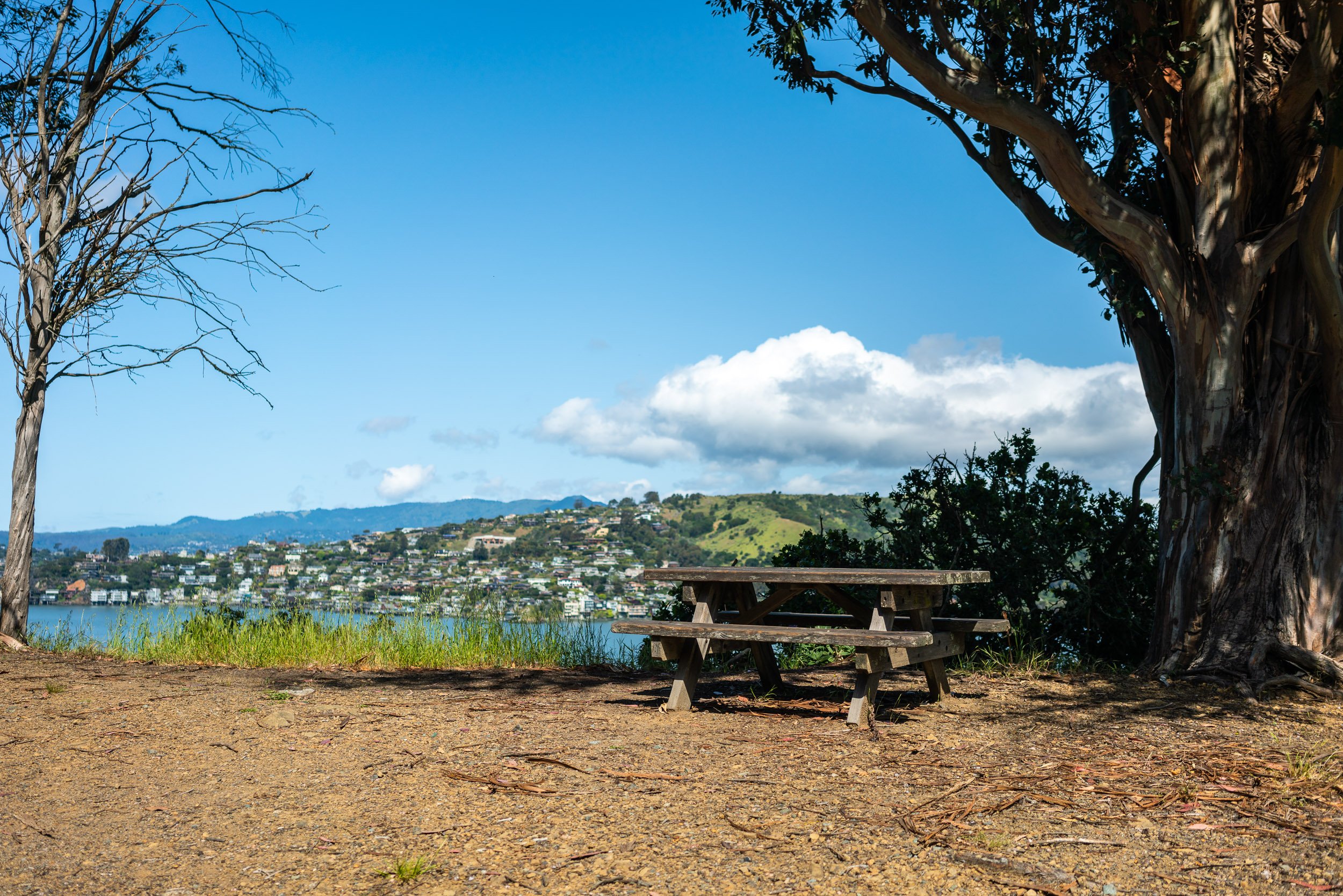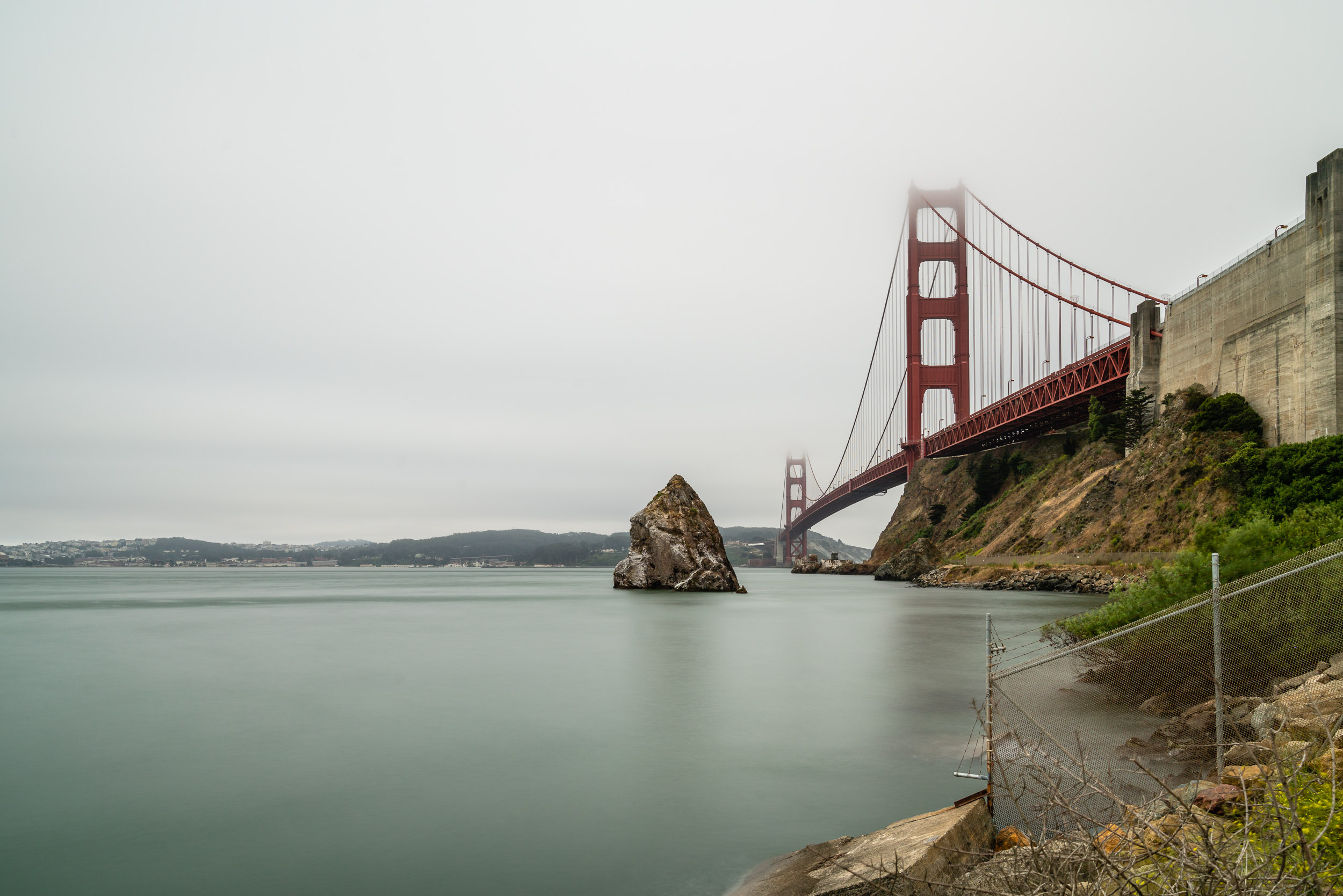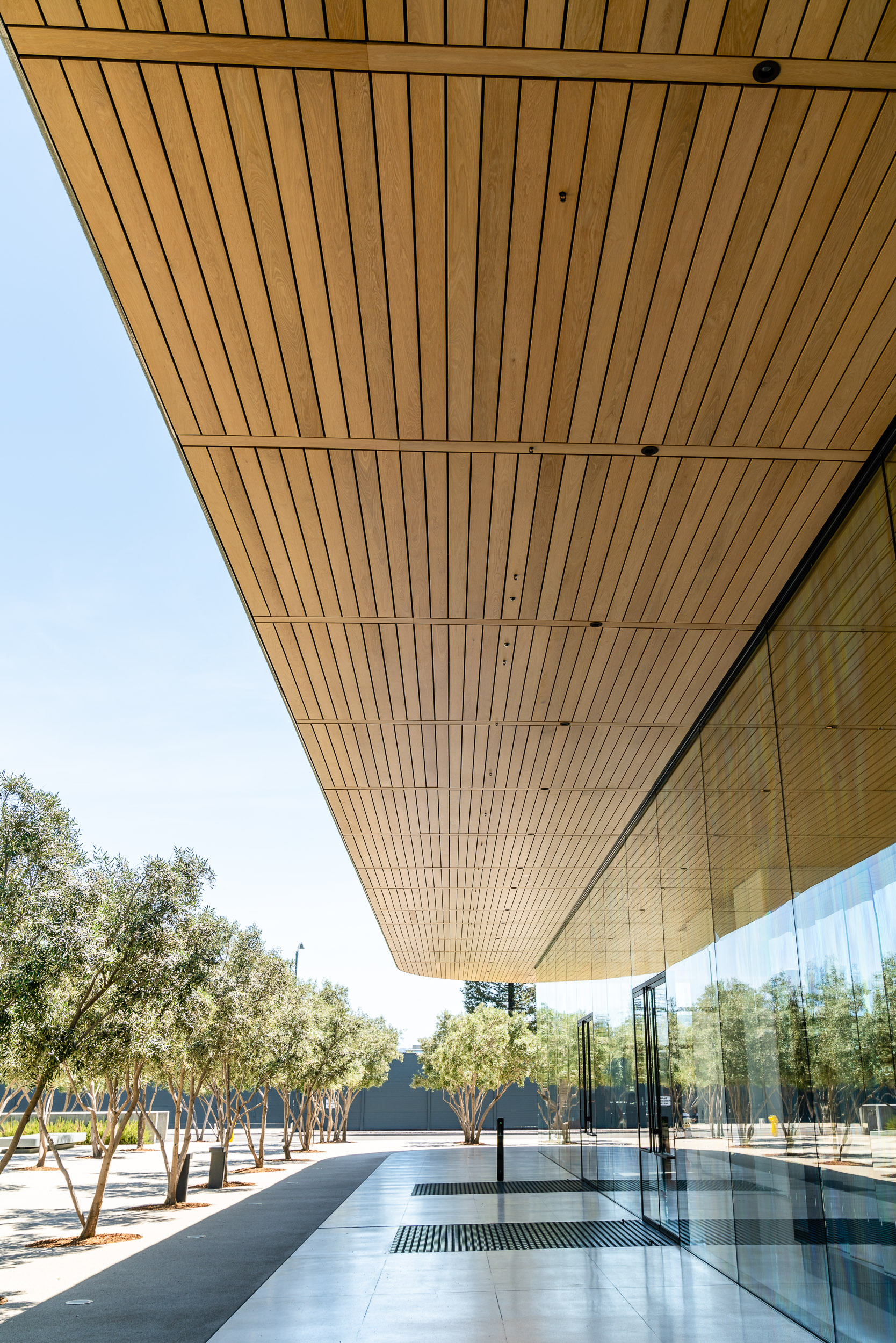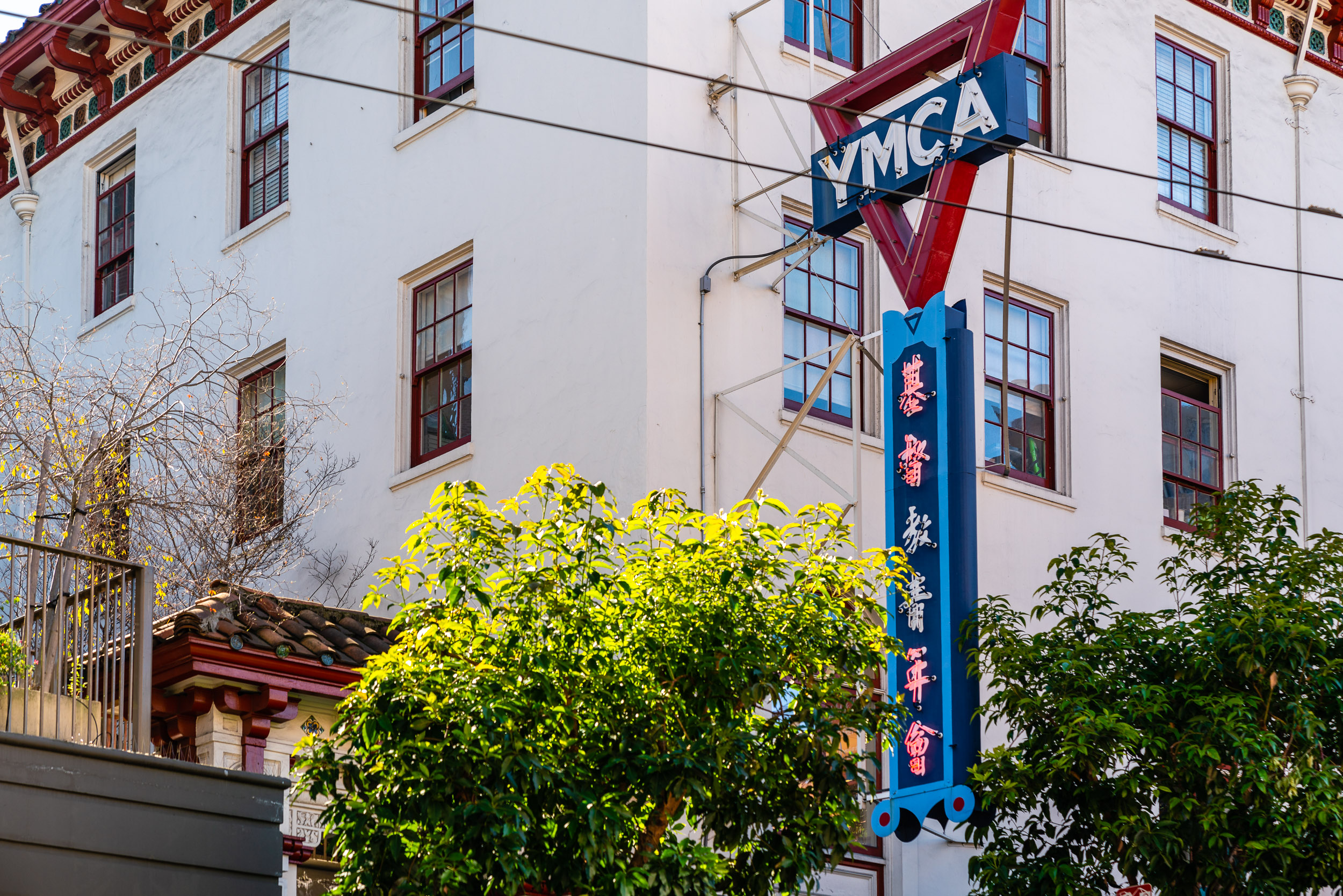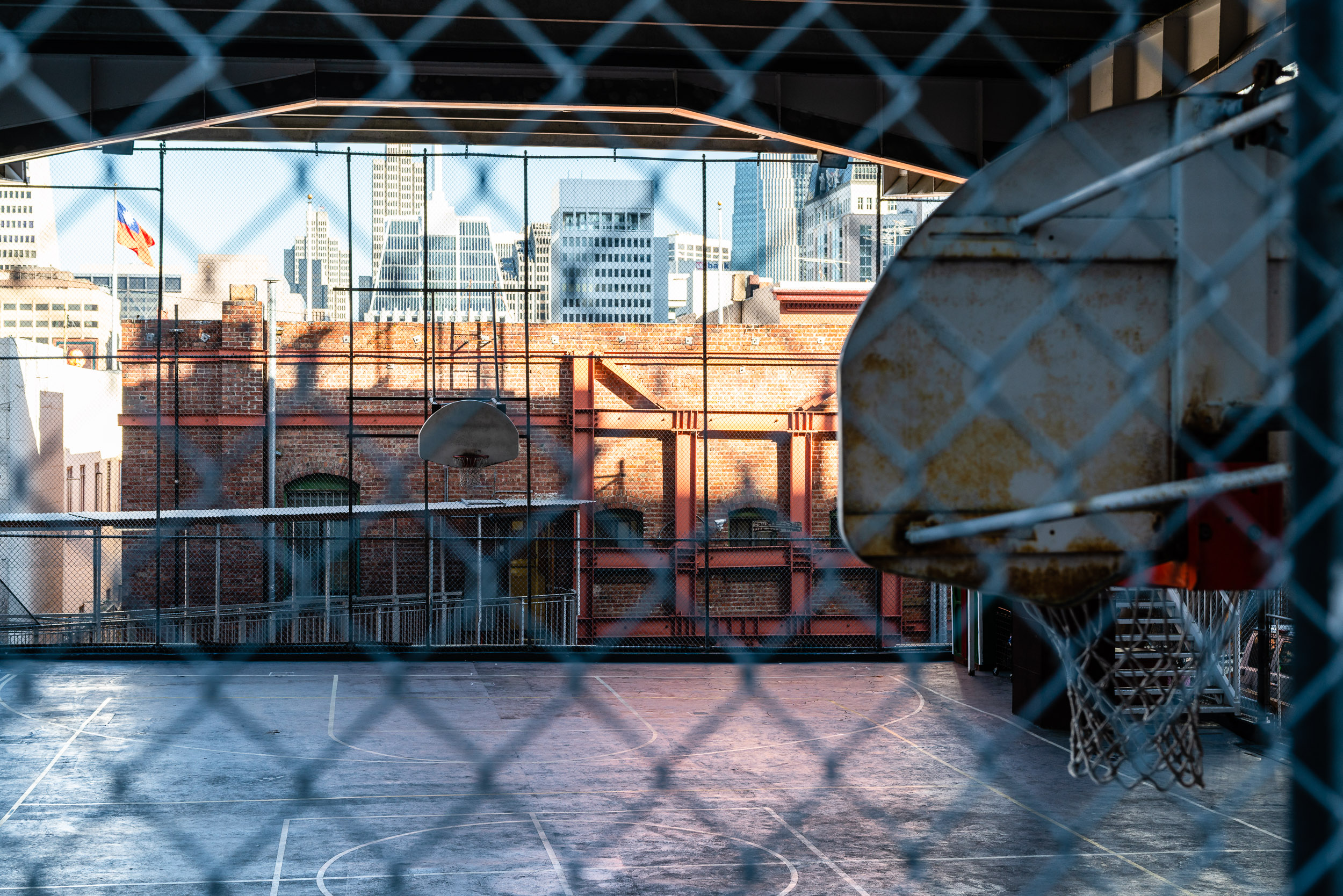Back when I had my Sony a7R II camera, the lens of choice for general walk-around photography was the 35mm F2.8 ZA. 35mm is a classic focal length, not too wide, not too zoomed-in. Some would call it super basic and typical, but I really like how 35mm frames the shots. Besides, the ZA is a small, pancake-style lens that, when coupled together with the a7R II, makes for a lightweight yet powerful package. A full-frame camera that can be hung on the wrist.
No coincidence, then, that when I recently upgraded to the Fujifilm X-T5 camera, the first lens I bought is a 35mm-equivalent prime lens. The XF23mmF2 R WR lens is lightweight yet shapely detailed. It had better be, because it’s not cheap: street price is roughly the same as the Sony 35mm ZA, at about $450. For a crop-sensor lens, it’s a bit on the spendy side. I absolutely love the Fujinon 23mm F2 though, and it will be a majority companion to the X-T5.
However, for the sort of urban walk-around photography, I sometimes find the 35mm full-frame equivalent distance to be too wide. For shooting down a city block where I want to compress the scene, the 35mm focal length captures too much on the periphery. I can always crop in, given the generous 40-megapixel sensor of the X-T5, but I don’t want to. Far easier to simply buy a second lens with more reach. So in comes the 23mm F2’s sibling, the XF50mmF2 R WR. A handy 76mm-equivalent at the same F2 fast aperture.
The place to test out this new 50mm lens is at the Presidio Tunnel Tops. Opened back in July of 2022, the Tunnel Tops is a new playground and picnic area at the northern side of the Presidio, with a scenic overlook of the Golden Gate Bridge. It’s so called because the park is built on top of the Highway 101 tunnels coming from and going towards the Golden Gate Bridge. Took me more than a year since opening to make the visit, but better late than never!
We parked at the main parade lawn (paid) to begin. The lawn was absolutely bustling with revelers on this sunny Sunday afternoon.
Just a peak.
Catering to the people congestion are food trucks serving up some good eats (I haven’t had The Chairman in a long time). A splendid day to have a picnic without needing to bring your own food.
The cliche thing to do when you’ve got a long lens with wide aperture: take pictures of flowers. Blurred foreground and background accomplished.
The longer Fujinon 50mm lens also allows me to shoot stuff of a further distance, like these two ladies having a picnic at the Tunnel Tops area. The 70-300mm lens my friend was carrying with him would have been even better for this shot.
The main attraction of Tunnel Tops has to be the main lawn area overlooking the majestic Golden Gate Bridge. I could literally spend hours on those chairs just chilling in the sun (with the appropriate sunblock usage, of course).
To the flip side of the Golden Gate Bridge is another spectacular backdrop, courtesy of the Palace of Fine Arts and the San Francisco downtown skyline.
If you’re with children, Tunnel Tops have a vast playground facility for them to get tired out. If you’re like us and do not have any children, simply enjoy the view of the bay. Oh look, it’s Alcatraz!
Playground with a view.
On the east end of Tunnel Tops you can see the two arterial roads coming out from said tunnels.
Alone with her thoughts.
Now that is prime placement for a refreshments/desserts truck. We didn’t partake in it though because we’re penny-pinchers who bring our own water bottles.
Anyways, we left Tunnel Tops and walked westward along Crissy Field towards the Golden Gate Bridge. Not only for more photographing opportunities, but also to get our daily 10,000 steps in. Never skip leg day.
One of my favorite shots of the day. From this angle it really showcases the majesty of the Golden Gate Bridge. The two groups scattered about kind of created a symmetry with the bridge’s two cable towers. Using the 23mm lens here would be way too wide. I’m very happy with this.
We briefly ventured out onto the beach, and immediately thought better of it. The wind was blowing rather strongly, and we didn’t want sand to get into our camera gear.
It’s better to shoot from the the grass area outwards. Good thing I’ve got this new 76mm-equivalent lens with me!
Don’t forget to look back at it from time to time.
Eventually we encountered this pier section that juts out onto the bay. It’s called Torpedo Wharf, and there were lots of amateur fishermen out there hoping to catch a haul.
Seems like a great way to spend a weekend day. Perhaps I’ll become a fishing enthusiasts later on in life. For now, I prefer hobbies that are less stinky…
Not wanting to go all the way towards the very end of the road at Fort Point - right adjacent to the Golden Gate Bridge, we instead climbed some stairs to join with the Battery East trail. That road will take us back to where we started at the Presidio parade lawn.
From up high you get a different vantage point of the boats out in the bay.
You get a different vantage point of Crissy Field, too. What a vast piece of grassland! I reckon there is enough space there to have a football match.
From whence we came.
Another favorite photo from the day. This framing only made possible by the reach of the Fujinon 50mm lens.
Fellow hiking enthusiasts.
We went from above the tunnels to under the bridges.
That would be a beautiful spot to drop down on one knee and propose to your significant other.
On the photo story about the time we went to Angel Island, I wrote about the island having relics of World Wars’ past. Concrete batteries that once stood to protect the San Francisco Bay from invaders on ships. Nowadays, the only things remaining are the concrete bunkers. Sadly, the big guns are long gone.
We can see here what’s left of the batteries on the San Francisco side of the bay.
One last shot of the Golden Gate Bridge in the late afternoon light. We sure wished it wasn’t so hazy of a day. No amount of UV filters can cut through that smog.
Back at the Presidio parade lawn, the now empty field and chairs created an interesting aesthetic.
Overall it was a fun afternoon at the Presidio Tunnel Tops. I am pretty in love with the images out of this Fujifilm X-T5 camera, and the XR50mmF2 lens is a solid addition to the XR23mmF2. I will definitely carry both in my bag whenever I go out to shoot in the future.






